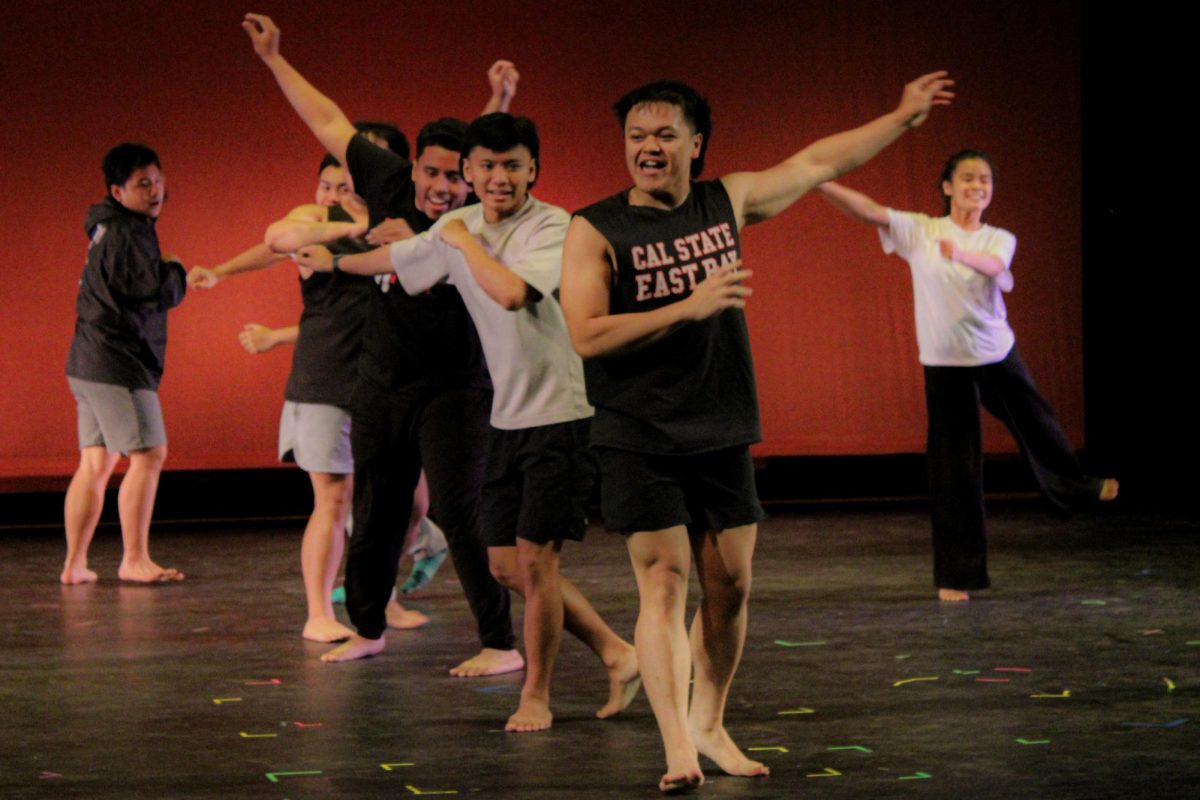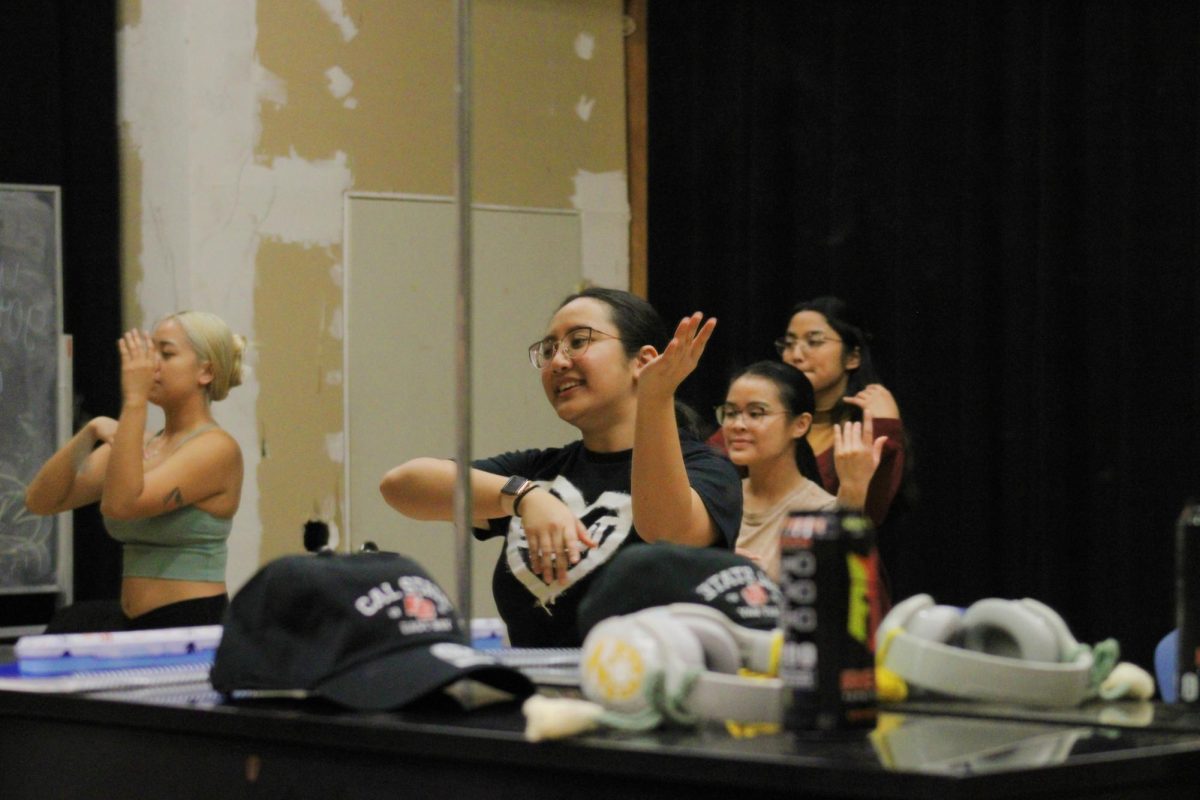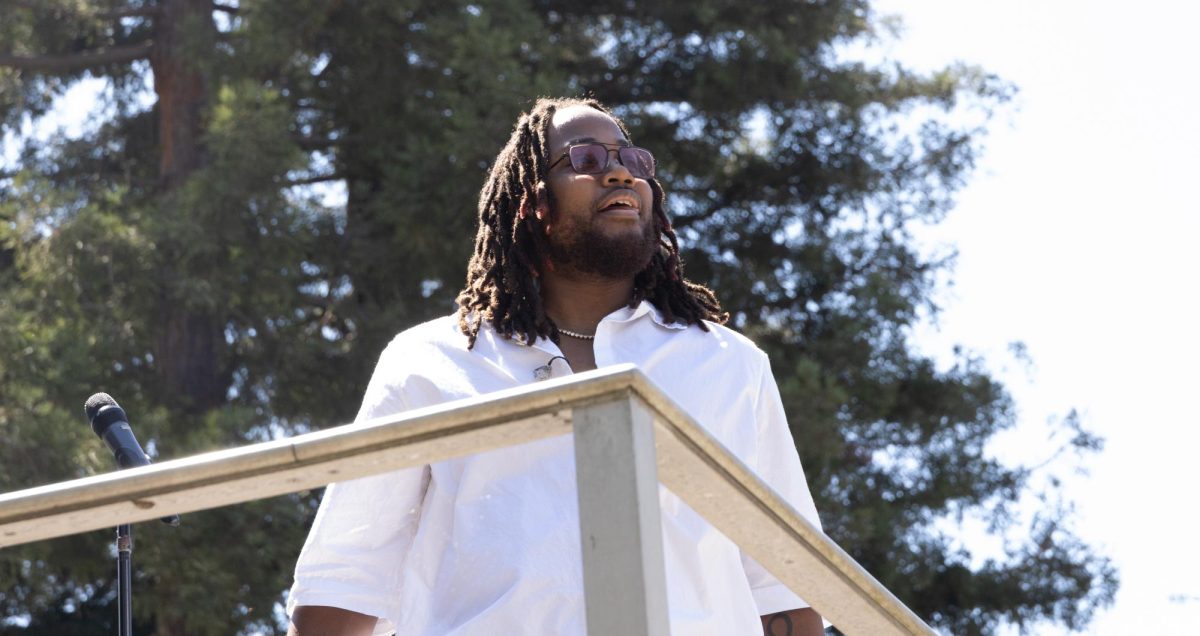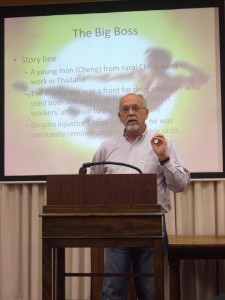
Presentation about Bruce Lee shows us how the star changed what it means to be an Asian man
In a presentation at CSU East Bay on May 23, Robert Rinehart, an associate professor in the Sport and Leisure Studies Department at the University of Waikato in New Zealand, examined how Bruce Lee redefined physical prowess and nationalism.
When Lee moved to the United States from Hong Kong when he was 18, it was very difficult for someone of Asian descent to break out into the entertainment industry. He was also frowned upon when he courted and married his now-widowed American wife, Linda Emery.
Lee fell under a common stereotype when he was in the U.S. Chinese men were seen as not strong and masculine in mind and body, but rather as timid and weak.
However, through his studies of martial arts, philosophy, and Western physical training methods, Lee broke down this stereotype.
Lee went on to redefine nationalism and the Chinese physique stereotype through his four hit films, “The Big Boss,” “Fist of Fury,” “Way of the Dragon” and “Enter the Dragon.”
An example of redefining the Chinese man’s persona can be seen in “The Big Boss.” In the film, a submissive young Chinese man named Cheng works in Thailand for a drug smuggler. He witnessed constant injustices from his employer who would use soft and hard strategies to take on the other workers’ attention.
Despite Cheng’s uncle’s reminder not to cause any trouble, Cheng went on a hero’s journey to become less submissive and stand up for himself through the ways and means of martial arts.
Another way Lee broke down the stereotype that Chinese men are weak was by showing some skin.
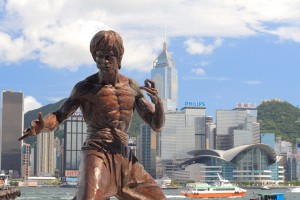
Rinehart explained that while Lee was fully clothed in “The Big Boss,” he began to show his body more as the films went on. By the time we see him in the famed fight sequence with Chuck Norris’ character in “Way of the Dragon,” his shirt is off and the audience can see how Lee has gotten extremely stronger and more muscular. That image became a symbol of determination and strength for Chinese and Chinese-Americans.
Through consistent research, both Rinehart and his co-author John Wong learned just how much of an impact Lee’s legacy has had.
His performance in these four films not only paved the way for other action stars such as Jackie Chan and Jet Li, but he also raised nationalistic awareness.
Lee knew how to balance both humility and Western physical activities, and in doing so, redefined what it means to be an Asian man.
Lee may be gone but his legacy lives on in both the film industry and, as Rinehart explained, through physical prowess.





